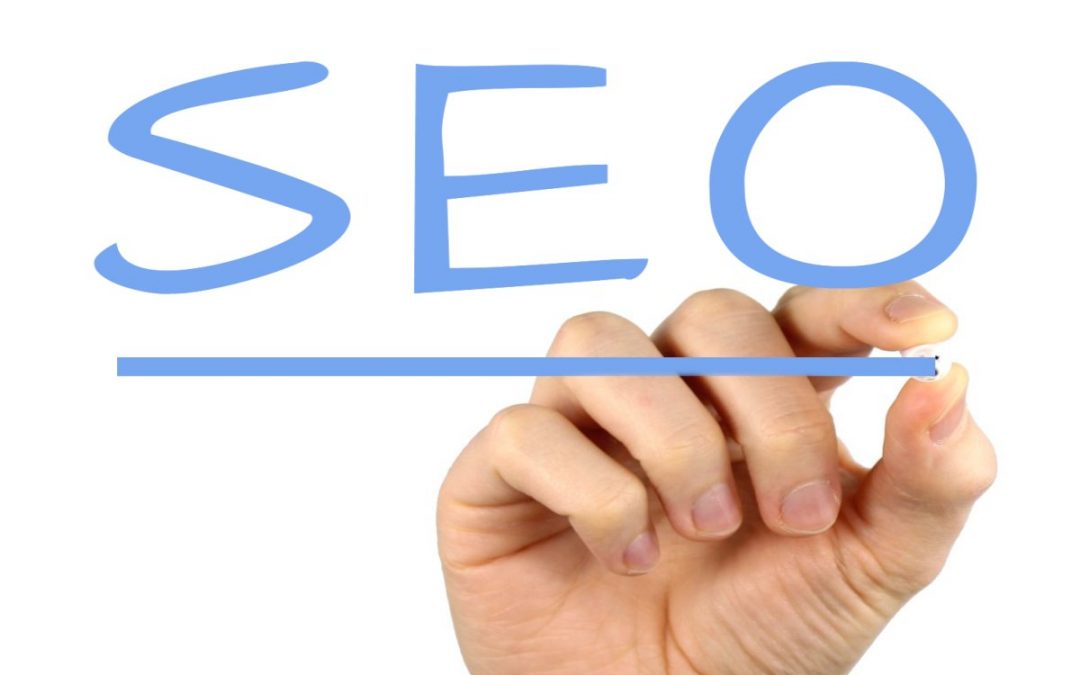A new website (or a newly translated one) brings with it the issue of ranking on search engine results, but there are tricks for increasing your rank by ensuring that your site has SEO (search engine optimisation) specific content.
However, when considering a translated website, it isn’t always just a case of translating keywords or specific phrases as there may not be a direct translation or there might be a colloquial term, used in preference, which is unfamiliar to those who don’t speak the language.
Without an in-depth knowledge of the local language and culture, companies can often find that their shiny new website isn’t being found by potential customers.
The way to avoid this problem is to use multilingual SEO.
Multilingual SEO will give you geo-targeted URLs (also known as country code top-level domain, for instance, .co.uk for a British site or .ae for a site based in the UAE). It will also give you localised, region-specific language, currencies, weights and measures, and so on, meaning that you will appeal to your target audience, and they will be able to find your site through relevant search engines.
Why Translated Websites Need Multilingual SEO
Multilingual SEO is vital for companies looking to target new foreign markets and globalise their brand.
The only way to engage and appeal to ‘local’ customers and clients, is to speak their language.
Research has frequently shown that consumers prefer to purchase from websites available in their native language, so translating and localising your website, while additionally using multilingual SEO, will encourage more sales and improve brand recognition and trust.
How to Use Multilingual SEO for your Translated Website
The initial step in using multilingual SEO for translated websites is selection of the specific area you wish to target.
This is a vital stage, as even in countries where there is one recognised national language there are often regional differences in both language and culture that should be taken into account.
For instance, if you are moving into Middle Eastern markets and have an Arabic language translation for your website, you should consider adapting and localising your multilingual SEO for each region as colloquial languages and cultural differences are often vast, even from neighbouring countries and regions.
Once you have researched the regions and language(s) you’ll require, it will be beneficial for you to discuss your requirements with a professional translation service provider such as, Creative Word, who will be able to assist you with market, language and culture knowledge, and can ensure that your multilingual SEO is top-notch.
Points to Note Regarding Multilingual SEO
The following points are worth noting or bearing in mind when considering choices for your multilingual SEO:
• Geo-targeting – select the appropriate URL for the region you are targeting as this will give more appeal to local audiences and search engines. You can also use non-specific URLs such as .com.
• Hreflang Tag – this is a HTML code which informs the search engine which language you are using on a specific page so that users can be directed to the correct language
• Keywords – need to be specific to each region, and language, you wish to use for your multilingual website. Don’t assume they will be similar to your original site as this can be a costly mistake.
• Machine Translation – automatic translation tools such as, Google Translate are becoming more accurate but they are no match for a human translator. If you are looking for a high degree of accuracy, use a human translator.
To find out more about how Creative Word can help with your multilingual SEO, please contact us.


Recent Comments